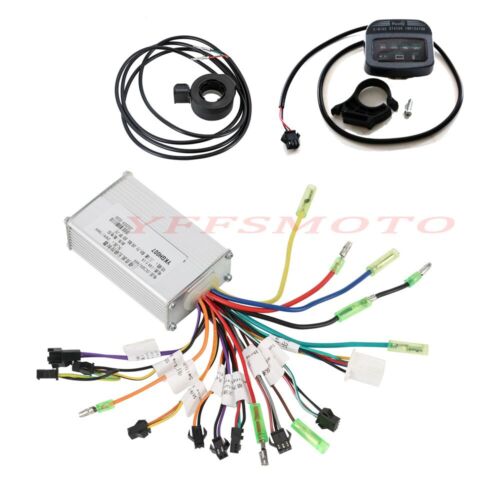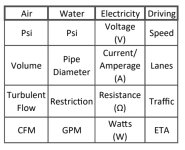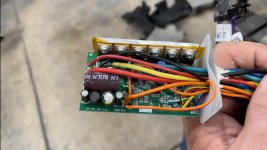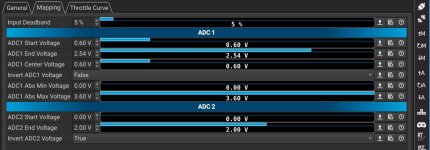Luck would have it, I am doing a similar build to what you’re trying to achieve. I just finished installing the second hub with controller and throttle today. However, I’m looking to do more than you are with my cart. I’m using a heavily modified rubbermaid cart that weighs a ton and I’m looking to put a seat on it and ride it around as well.
Here is my build
2 Wheels
Find many great new & used options and get the best deals for Wheel Hub Motor 8in Wheel Hub Motor Drum Brake 36V48V 500W To 1200W at the best online prices at eBay! Free shipping for many products!
www.ebay.com
2 Controllers
Find many great new & used options and get the best deals for 36V 48V Universal Brushless Controller Thumb Throttle fo Scooter E-bike ATV Quad at the best online prices at eBay! Free shipping for many products!
www.ebay.com
4 battery adapters (2/wheel)
Find many great new & used options and get the best deals for For Genuine EGO 56V 9.0Ah Battery Replace BA1400T Power BA4200 BA2800 ST1502LB at the best online prices at eBay! Free shipping for many products!
www.ebay.com
Battery gauges (ETA Saturday)
2 Pieces DC 12V 24V 36V 48V 72V Battery Meter with Alarm, Front Setting and Switch Key, Battery Capacity Voltage Indicator Battery Gauge Monitors -Acid and Lithium ion Battery Indicator (Blue)
https://a.co/d/hHMH3CT
Mechanical Brakes (ETA Saturday)
Lomodo 4 Pieces Bicycle Brake Accessories Including 2 Pack Aluminium Alloy Brake Levers Handle Bars and 2 Pack Brake Wire (Front and Rear Brake Cable) for Mountain/Road/MTB Bike(Black)
https://a.co/d/hLLMxWS
Toggle Switch Panel 3 Gang...
https://www.amazon.com/dp/B09P3FZCYL?ref=ppx_pop_mob_ap_share
Car-ling 7Pin Rocker Switch DPDT...
https://www.amazon.com/dp/B0BRCQY2TK?ref=ppx_pop_mob_ap_share
Forward Reverse Rocker Switch For...
https://www.amazon.com/dp/B073V64N5W?ref=ppx_pop_mob_ap_share
It’s moving a medium sized rubbermaid cart that has knack cart armor on it and is lined with 3/4 plywood with shelving inside. It worked but struggled with only 1 hub installed but with 2 it’s got plenty of power. I haven’t wired up the speed selector or tried to figure out how to put in the reverse switch yet. That’s actually how I found your post lol
Here’s a video of the test from today













